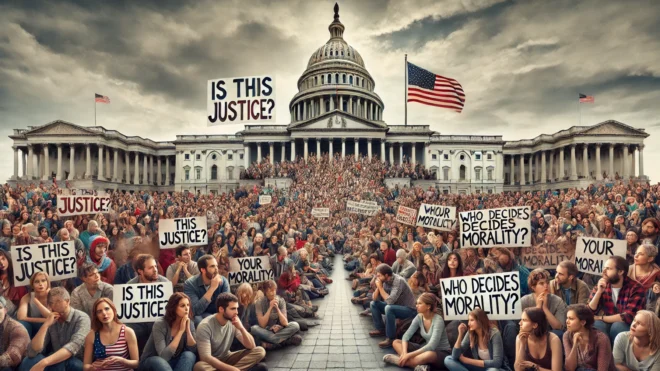It has been known for a long time that homeowners have wanted to control who their neighbors are. In the past it was race; now it is for income and for how they might use their property, and often for culture. The best book I have found on this is almost 40 years old and out of print; it is Everything in Its Place by Constance Perin, from 1977. She interviews all kinds of people on their views on how land use should be controlled. Given the date of the book, it is before the Great Inflation really kicked in; the present day reader will have to multiply all the housing prices mentioned by at least 10, and the other consumer prices by 8, in order to make any sense out of the book.
Now, we find that even prospective New York apartment dwellers are getting choosy about their neighbors. Joanne Kaufman has explained in the New York Times that potential tenants or condo buyers have tried to find out details about what sort of people live in the building they want to move into. And the law does not allow real estate brokers to inform their clients about the age, ethnicity, sexual practice, marital status, race, or religion of the tenants of any building. But, as Ms Kaufman explains, there are other ways.
Some of this obsession with knowing about our potential neighbors comes from the fact that we usually don’t know our neighbors personally. If we actually personally know people who are black, Jewish, or even gay, we have a better attitude toward these people as individuals than we have for these groups in the abstract. The same probably applies to people of different income levels; ‘incomism’, the belief that people who make less [or sometimes more] money than myself are inferior and undesirable people or at the least undesirable neighbors, is perhaps a bigger factor than racism today in influencing local land use politics. But a new factor is the political one. Kaufman relates that one couple moved out of a building because it had “too many Republicans.” How a Republican can be an undesirable neighbor, I find hard to imagine; but Bill Bishop has written The Big Sort, about how white people, at the very least, are tending to choose different neighborhoods, counties, and even metropolitan areas based on their political and cultural beliefs. This process is of its nature voluntary on both sides; it is fairly easy to establish income exclusion by the price of housing, but despite the fact that Republicans have failed to become “the party of the rich” [many of the rich don’t seem to be aware of that fact, especially in Hollywood, Silicon Valley, the Upper East Side, etc; the Republicans are probably better described as “the party of the upwardly mobile, or would be upwardly mobile, in the economy of more tangible resources”] there are still a certain number of Republicans with money, and financial barriers will not necessarily keep them out. It does seem that the people who value ‘diversity’ value diversity of skin color, of ethnic background, and even of religion as long as the religion is kept private, but they don’t particularly value ‘diversity’ of social worldview.



